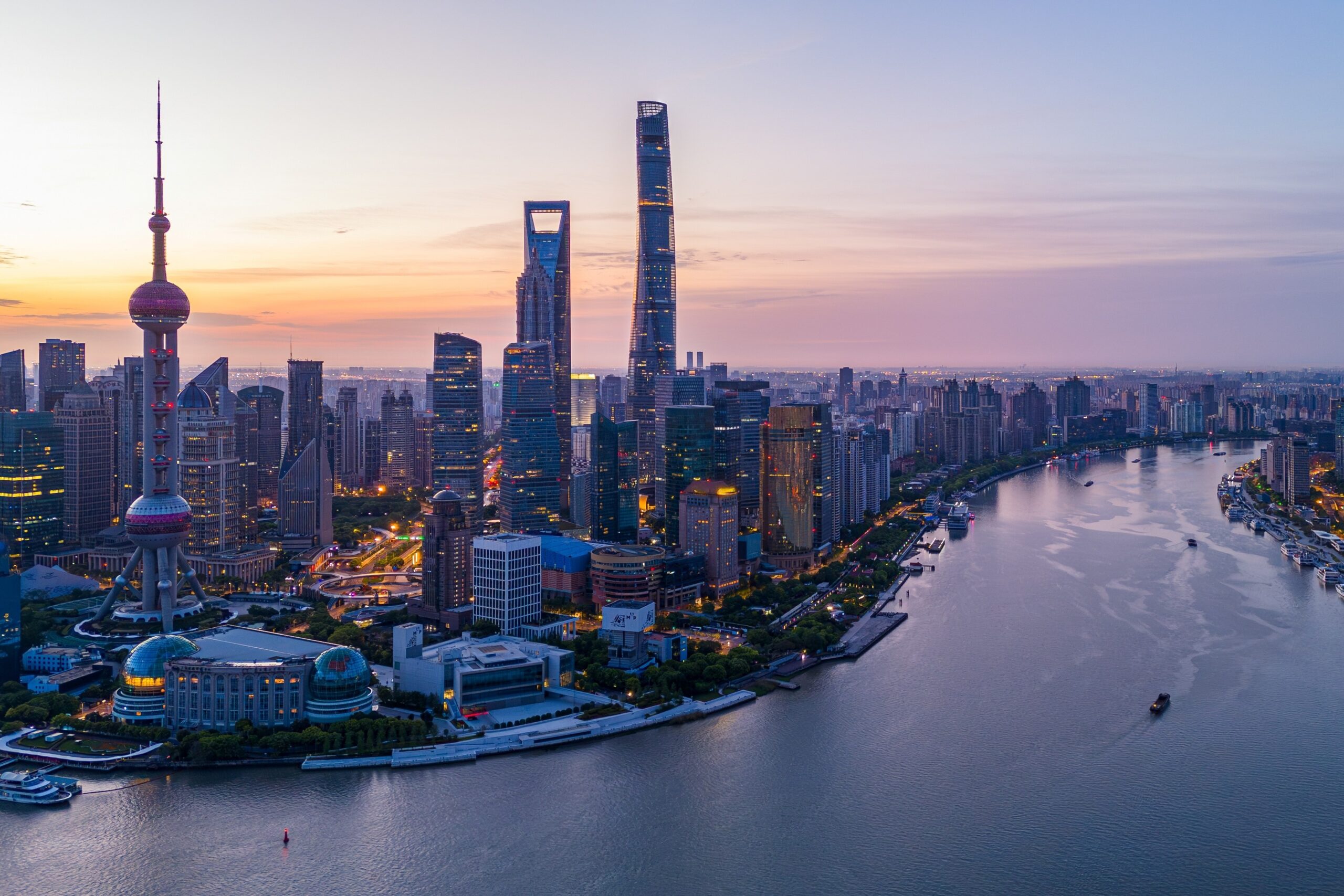As China marks the 10th anniversary of its power market reforms and prepares its 15th Five-Year Plan, the country’ faces critical choices that will shape its path to net zero. These decisions will also carry weight globally, with COP30 on the horizon and pressure mounting for faster decarbonization.
These themes will be in focus at the BNEF Summit Shanghai 2025, where policymakers, investors and industry leaders will debate the future of power reform, financing and China’s role in international clean energy markets.
Power market reform
China’s power market reforms have reshaped the way electricity is traded and priced. Over the past decade, the system has shifted away from fixed tariffs and guaranteed offtake toward competitive wholesale trading, market-based mechanisms for ancillary services, and a gradual shift of costs to end users. Renewable projects have been particularly affected, as the expansion of spot markets has intensified price cannibalization.
Before 2015, developers competed mainly by expanding capacity quickly and leveraging ties with central and local governments to secure approvals. That model has proven unsustainable as demand growth slowed, spurring the push for reform. Progress remains uneven across provinces, and China’s market design continues to differ from global norms, making it both a challenge and a unique case study for the global energy transition.
International opportunities
Chinese companies are expanding their presence in global clean energy, investing an average of 4-5 gigawatts of wind and solar capacity abroad each year over the past six years. These investments build on China’s manufacturing strength and extend its influence in the global energy transition.
Asia Pacific remains the main destination, led by Australia and Southeast Asia. In the Americas, activity is concentrated in Brazil and Mexico, while in Europe the UK and Spain stand out for their mature markets and stable policies. In the Middle East and Africa, Chinese developers are active in the United Arab Emirates and Saudi Arabia, where ambitious renewable targets continue to attract investment.
Related BNEF podcasts:
Financing the energy transition
The world’s leading banks financed almost as much low-carbon energy as fossil fuels in 2024. For every dollar of financing in oil, natural gas or coal, 89 cents went to low-carbon energy companies and projects, including wind, solar and power grids. China saw a similar trend.
In 2025, BloombergNEF tracked a slight increase in fossil-fuel financing volumes, but low-carbon debt financing in mainland China rose to its highest level since 2021. Fossil-fuel issuance, meanwhile, remained well below 2021-2022 levels. This combination pushed up China’s Energy Supply Banking Ratio, which looks at bank financing for low-carbon energy relative to fossil fuels.
BNEF subscribers can access additional analysis on the topics covered in this article:
Join us in Shanghai
The BNEF Summit Shanghai on Nov. 25-26 will bring together policymakers, investors and industry leaders to discuss China’s power market reforms and financing the energy transition. It will also explore emerging international opportunities across the Middle East and Africa, Southeast Asia and Latin America. Don’t miss the chance to dive deeper into these themes, share insights with like-minded peers and help shape a more sustainable energy future.
